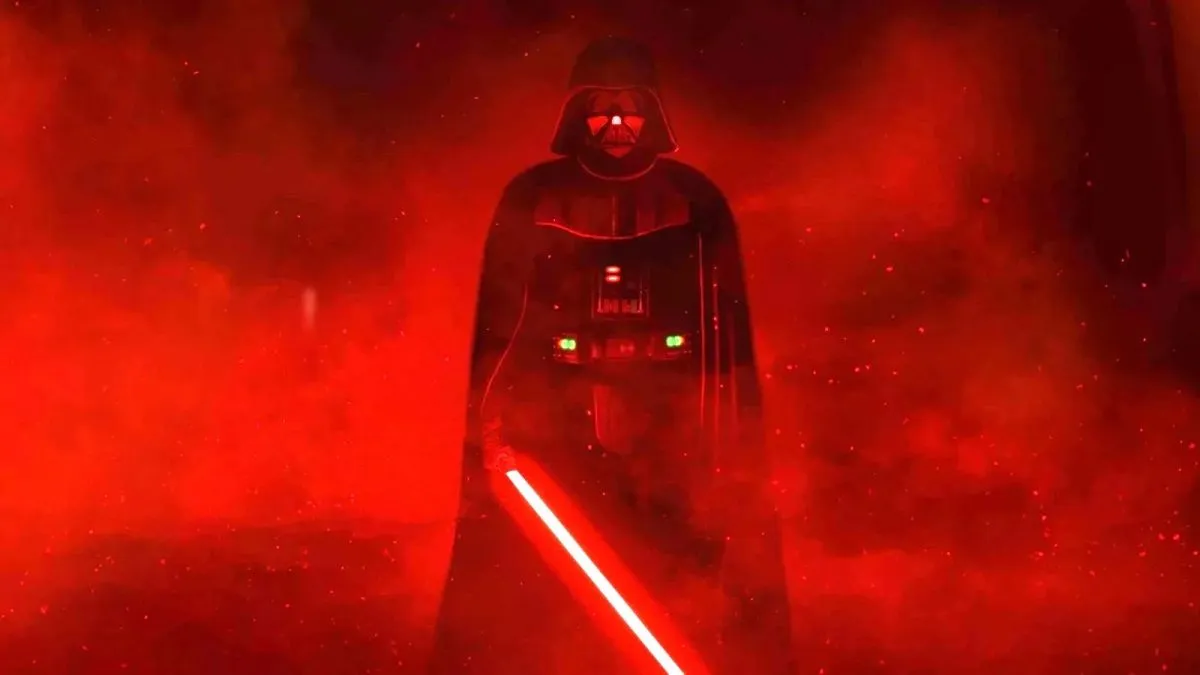
In an era rife with found footage movies and gore-laden torture porn topping the box office, horror fans are in desperate need of a good scare.
Whether or not The Woman in Black provides those chills is entirely up to whatever particular type of creep-out sends shivers down your spine (terror, like humour, is entirely subjective) but there’s no doubt that it’s a refreshing return to the old school ghost yarns of yesteryear. And that’s well worth screaming about.
Director James Watkins (Eden Lake) teams up with working-her-butt-off screenwriter Jane Goldman (Kick-Ass, X-Men: First Class, The Debt) to present a film that sticks mainly to the source material (the film is based on Susan Hill’s 1983 novel) and genre basics, making for a cinematic experience that fits nicely into the long horror tradition of Hammer Films, of which this is the recently revived company’s fourth release (others include Let Me In, Wake Wood and The Resident).
As with all of the best chillers, Watkins and Goldman are clearly more interested in using fright for more than just shock. While the film does boast some genuinely frightening set pieces, it also boasts a story that’s something a little closer to real life. The film’s sometime heavy-handed themes continually remind us that ghost stories are usually simultaneously about both a fear of dying and a desire to believe in life after death.
Daniel Radcliffe stars as a widowed London-based lawyer named Arthur Kipps. Kipps is a sad young man. He’s still grieving the death of his wife during childbirth and he struggles to keep his thoughts to caring for his now 4-year-old son (Misha Handley – Radcliffe’s real-life godson) who draws pictures of his Dad always sporting a giant frown.
In an attempt to force Arthur out of his emotional rut, his boss dispatches him to the remote hamlet of Crythin Gifford to put in order the estate of the recently deceased Alice Drablow. The sense of foreboding arrives the moment he steps off the train and settles over the movie thickly, as the townspeople avoid him and refuse to give him any information about the house he’s meant to close down. In fact, no one is willing to ferry him out to the estate which is set away from the town on a murky marsh that only provides passage for a few hours a day when the tide is out.

After finally persuading a very reluctant farmer to drive him out to the ivy-choked Eel Marsh House, Arthur sets to work in the dusty, menacing Victorian mansion, digging into the history of the Drablow family as well as that of the creepy little village. Shadows lengthen and apparitions begin to appear as Arthur begins to connect the numerous town tragedies to a lurking, dark figure that is now clearly stalking him as well.
In his first major post-Potter role, Radcliffe smoothly demonstrates that he’s an actor with a long shelf life. He more than adequately takes on Arthur’s very adult persona and acquits himself well in a 20-minute sequence that has no dialogue at all.
Also adding some weight to the film is Radcliffe’s Potter co-star (Harry Potter and the Deathly Hallows – Part 2), Ciarán Hinds, who plays Samuel Daily, Arthur’s only friend in town and staunch non-believer in the supernatural.
The Woman in Black smartly mixes the classic haunted house slow-burn evident in black and white films like The Haunting and The Innocents with more contemporary in-your-face freak-outs like last year’s Insidious, making it a film that should appeal to multiple generations of horror fans. And hopefully for Radcliffe, erase the spectre of Harry Potter forever.






